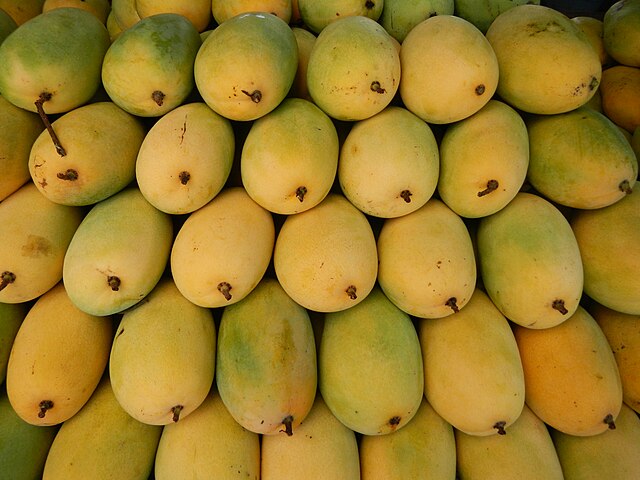The Associación de Productores y Exportadores de Mangos (APEM) of Peru has cited international market trends as the main determinant of export rates.
The APEM chose clarification to root out speculation that producers and exporters have reached a price agreement.
According to an Agraria news report on November 21, 2025, the APEM stated that exporters cannot “set prices unilaterally.”
One reason for this is because Peru has to compete with other tropical sources, with price being a competition pivot.
For one, the country harvests mangos same time as Brazil and Ecuador, all of which ship to North America and the European Union.
The union pointed out that 2024-25 season’s competition from Brazil and Ecuador peaked due to a bountiful year.
Between January and October 2025, the Andes country shipped 179% more volumes than in the corresponding period in 2024.
Like in 2024 when volumes contributed to high agro-returns despite low export rates, 2025 experienced a volume-centric price downturn.
Prices in the initial nine months of 2025 slid by 46% year-on-year (y-o-y), raising alarm among shipping associations.
But according to APEM’s president, Ivan Vilchez via El Productor, 2025-26 volumes will reduce by 15% y-o-y, potentially recouping prices.
According to Vilchez, Lima might ship 240,000 tonnes of fresh mango in the coming season, vis-á-vis 280,000 tonnes in 2024-25.
In comparison, the 2024-25 export campaign constituted 55% fresh and 38% frozen mangos.
For the upcoming harvest that starts in late November (week 48), attention turns to the commercial Ataulfo, Kent and Edward cultivars.
This commercially appealing trio reaches peak harvest in January, just when the northern hemisphere is courting marginal supplies due to winter.
While the U.S. and Europe represent 90% of the exports, the Far-East is slowly becoming a gaining market. Could new markets like Japan, China and South Korea redeem prices of mangos in Peru for their taste and appeal? The following stats illustrate other points of appeal, namely production and export largesse.
Peru Mangos Statistics
Peru is among the top 21 mango-producing nations and a leading exporter in the world. In 2023, for example, it ranked 21st in production at approximately 392,700 tonnes. Below is an interpretation of the FAOSTAT detailing mangos, mangosteen and guava production in Peru in the 2019-23 period:
| Year | Production [tonnes] | Acreage [Ha] |
| 2023 | 392,671 | 33,800 |
| 2022 | 508,486 | 34,110 |
| 2021 | 447,345 | 33,869 |
| 2020 | 518,194 | 33,873 |
| 2019 | 431,884 | 31,669 |
Peru ranks 7th among mango-exporting nations at 2% volume share, as of 2017, whereas value ranks even higher. In 2020, the country earned US$315.2 million in export value, just behind Mexico. Peru exported the most volume historically in the 2022-23 season, at 252,000 tonnes while the lowest came from earlier decades. This is according to the Associación de Productores y Exportadores de Mango (APEM)’s publication “Peruvian Mango.” The APEM expected 2024-25 season’s exports to overtake this record by at least 13%, to 282,311 tonnes.
Which countries buy most mangos from Peru?
The United States and countries in Europe absorb some 90% of all mango exports while the other regions the rest.
Where do most of Peru’s mangos grow?
According to the APEM, the region of de Piura on the northwestern coast represents 70% of national mango production volumes.
